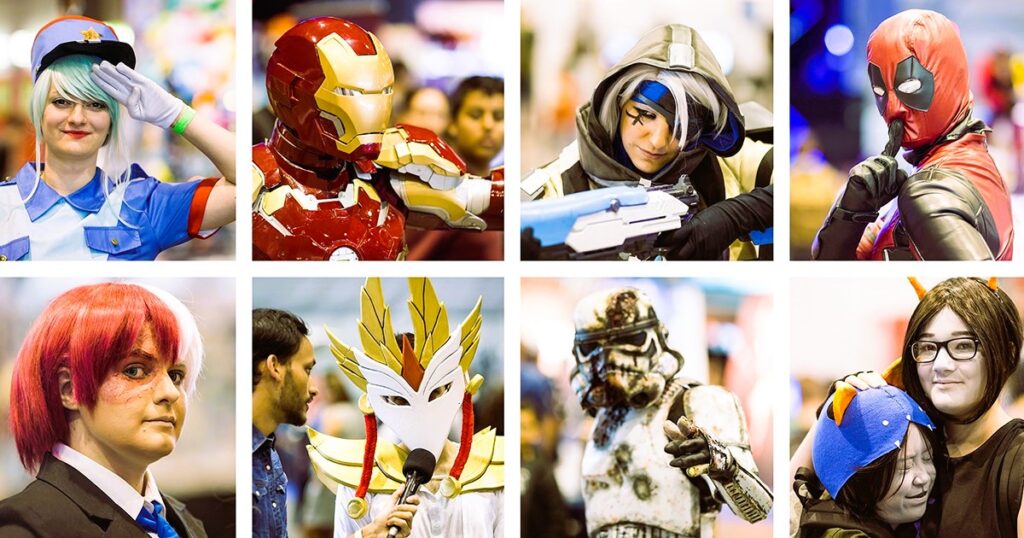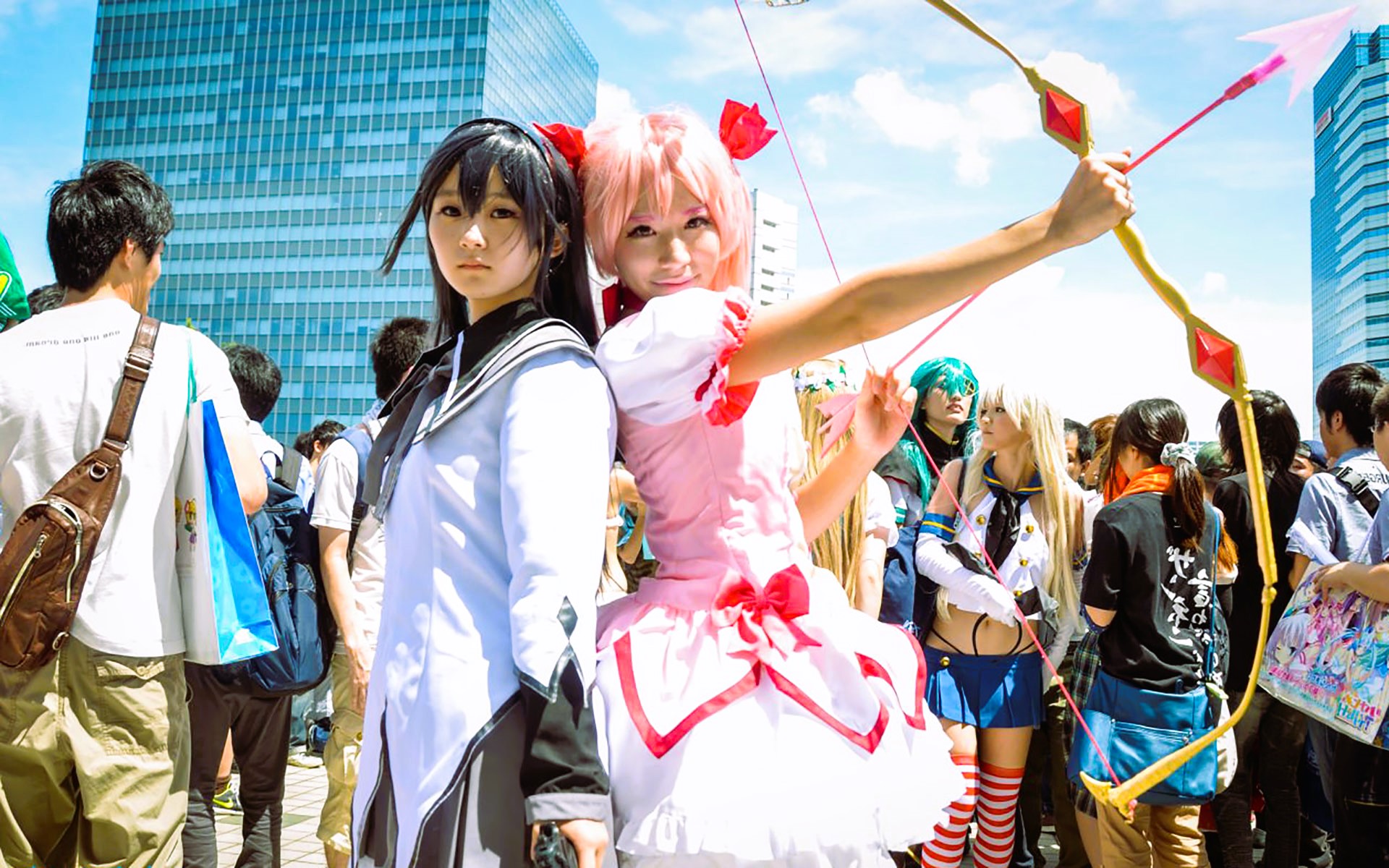Cosplay, a combination of the words “costume” and “play,” has evolved into a global phenomenon, blending the worlds of fan culture, art, and performance. Today, cosplayers bring to life characters from all forms of media, including anime, manga, movies, and video games. But how did this unique hobby develop, and what role does it play in pop culture today? Let’s take a look at the history of cosplay, from its humble beginnings in manga culture to its modern expression in video games.
Origins in Manga and Anime
The roots of cosplay can be traced back to the early 20th century, but the term “cosplay” itself emerged in Japan in the 1980s. However, the practice of dressing up as characters from manga and anime dates back even further. In the 1930s and 1940s, fans of science fiction and fantasy literature would often wear costumes inspired by their favorite characters at conventions. This practice, however, was not widely recognized as cosplay at that time.
The birth of cosplay as we know it is largely credited to the rise of anime and manga fandoms in Japan during the 1970s and 1980s. The first known instance of cosplay occurred in 1978 at the World Science Fiction Convention in Japan when a fan named Nobuyuki Takahashi wore a costume inspired by a popular anime character. This sparked a trend among fans, particularly in the growing subcultures surrounding manga and anime, and by the 1980s, cosplay was gaining momentum in Japan.
Cosplay’s Expansion to Global Popularity
By the late 1990s and early 2000s, cosplay had exploded in popularity not only in Japan but around the world. Major conventions, such as Comic-Con in San Diego and Anime Expo, began to see huge numbers of fans dressing up as characters from their favorite shows, comics, and video games. Cosplay culture started to blend with the broader pop culture scene, and cosplayers began to showcase their elaborate costumes and performances on social media platforms and YouTube. Read about the Secrets of Creating Realistic Cosplay Wigs in our article.
With the rise of the internet, cosplay communities grew exponentially. Fans began to share tutorials, progress photos, and cosplay videos online, making it easier for newcomers to enter the world of cosplay. Sites like DeviantArt and Instagram became central hubs for cosplayers to gain visibility and build a fan base. The increasing accessibility to high-quality materials and tutorials further fueled the growth of cosplay.
The Impact of Video Games on Cosplay

While manga and anime were the early sources of cosplay, the influence of video games has become one of the most significant driving forces behind the modern cosplay movement. Video game characters have become a central focus for cosplayers, with franchises like Final Fantasy, The Legend of Zelda, Overwatch, and League of Legends inspiring detailed and intricate costumes.
One of the key reasons why video game characters are so popular in cosplay is the level of detail in their designs. Characters in modern video games are often highly stylized, with unique armor, weapons, and accessories that make for impressive and challenging cosplay projects. Games like Overwatch have a diverse set of characters, each with distinct appearances and personalities, giving cosplayers a wide array of options to choose from.
Furthermore, video games often include expansive lore and rich backstories, which allow cosplayers to connect with the characters on a deeper level. Cosplayers can portray not only the look of a character but also embody their personality, attitude, and movements, adding another layer of immersion to their craft.
Modern Cosplay and Its Global Influence
Today, cosplay has become a global cultural phenomenon, with conventions dedicated to the craft being held in countries around the world. From anime and gaming conventions to pop culture festivals, cosplay allows fans to celebrate their favorite characters and stories in a creative and interactive way. The cosplay community has fostered an environment where fans of all ages and backgrounds can come together to celebrate their passions.
Moreover, cosplay has found a place in mainstream media, with well-known cosplayers gaining fame on platforms like YouTube, Instagram, and TikTok. Many of them create tutorials, host workshops, and share tips for aspiring cosplayers, helping to demystify the process of making costumes and bringing characters to life. Major companies, such as video game developers and film studios, have also taken notice, featuring cosplay in promotional events and embracing the creativity of the fan community.
The history of cosplay is a testament to the creativity and passion of fans worldwide. From its humble beginnings in manga culture to its rise as a mainstream phenomenon inspired by video games, cosplay has evolved into an important part of pop culture. Whether it’s a simple costume made for fun or an elaborate, professionally crafted outfit, cosplay allows fans to celebrate their favorite characters and immerse themselves in the worlds they love.
For more information about cosplay’s history and cultural impact, visit Wikipedia’s Cosplay page.
